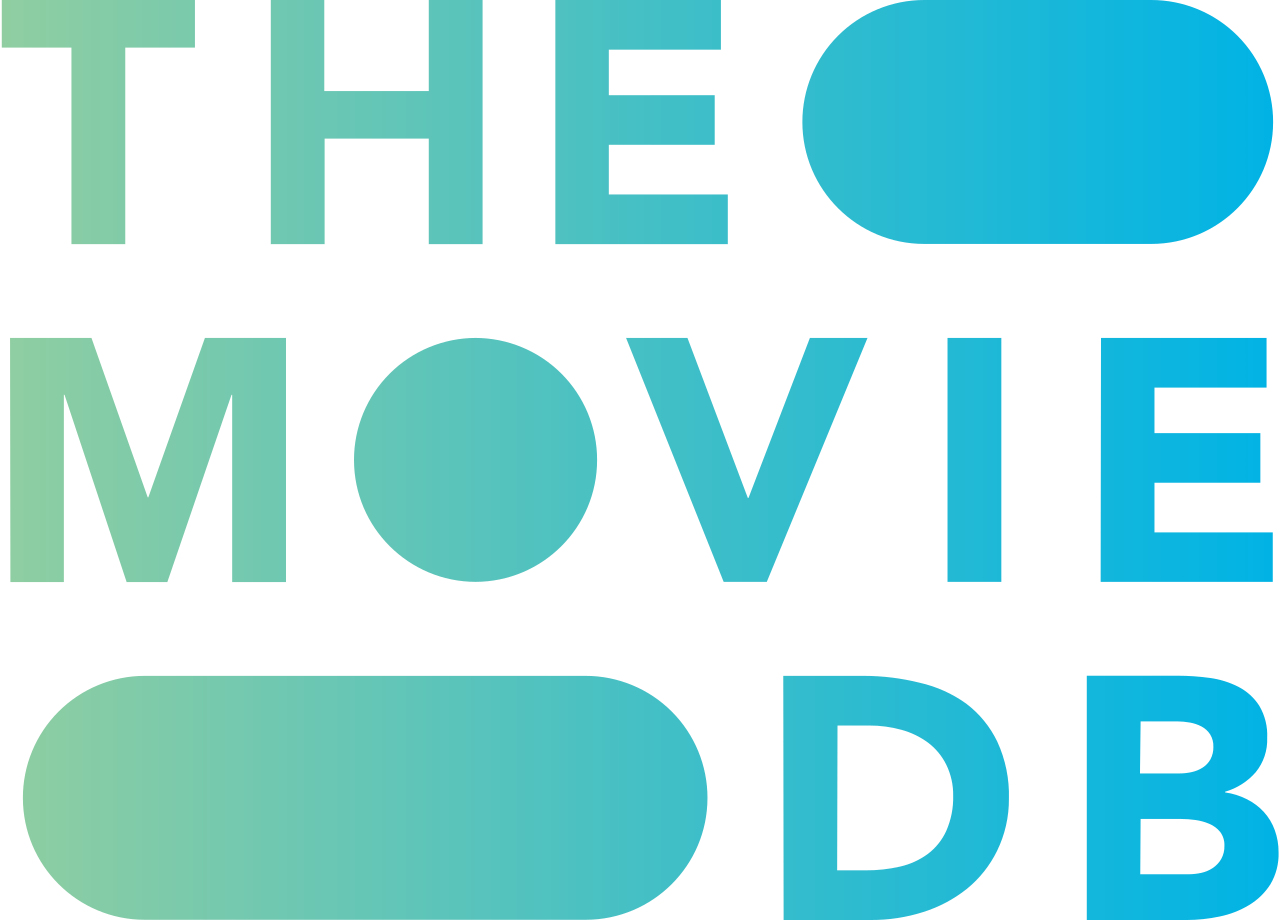Map of the Human Heart 1993

In the frozen tundra of 1931, a cartographer's quest for adventure sparks an unlikely bond between a British explorer and his young Eskimo guide. A decade later, their paths converge again in London, where the grown boy's forbidden love affair with Albertine ignites a passionate tale of war, romance, and self-discovery.
Does Map of the Human Heart have end credit scenes?
No!
Map of the Human Heart does not have end credit scenes.
Actors
Meet the cast of Map of the Human Heart and learn about the talented actors who brought the characters to life. Explore their roles and career highlights.
Links
Explore where to watch Map of the Human Heart online. Find reviews, ratings, and detailed movie information on other platforms like Metacritic, Rotten Tomatoes, IMDb or TMDb
Ratings
Discover how Map of the Human Heart is rated on popular platforms like IMDb, Metacritic, and TMDb. Explore audience and critic scores to see how this movie ranks among the best.

71
Metascore
tbd
User Score


78%
TOMATOMETER

81%
User Score

7.0 /10
IMDb Rating

63
%
User Score
Movie Quiz
Challenge your knowledge of Map of the Human Heart with an engaging quiz. Test your memory of the movie’s characters, plot twists, and unforgettable moments.
Exploring the Heart in 'Map of the Human Heart': Test your knowledge about the poignant love story set in Arctic Canada during World War II.
Who are the two main characters in the film?
Plot Summary
Get the full story of Map of the Human Heart with a detailed plot summary. Dive into its themes, characters, and the twists that make it a must-watch.
This 1993 film tells the poignant love story between a young Inuit boy, Jason Scott Lee, and a métisse girl, Anne Parillaud, set against the striking backdrop of Arctic Canada. The narrative unfolds before World War II, showcasing the early innocence of their relationship as they navigate childhood, transitioning through the war, where their bond flourishes in a genuine and touching manner. However, the story diverges from conventional romantic tales, particularly in its ending, which is anything but a typical “and they lived happily ever after.”
SPOILER ALERT: If you haven’t seen this yet, consider this a warning before proceeding.
As the film approaches its conclusion, it delivers an emotionally charged resolution that leaves love unresolved and unfulfilled. Notably, an alternate ending was likely imposed by producers, demonstrating a hypothetical outcome had circumstances favored the couple. Nevertheless, the true essence of the film shines through the trio of well-paced acts: beginning with youthful innocence, transitioning to the euphoria of young love, and culminating in a somber reflection on disappointment. An outside force ultimately sabotages the couple’s “happily ever after,” leading the narrative to take a depressing turn.
In a tragic twist, the now old alcoholic man encounters a young woman, who holds a significant place in his life, though not as a romantic interest. The timing of their meeting adds layers of poignancy to the unfolding events. While some critics may label this film as corny, I argue it resonates more closely with the reality many face in life, where things don’t always work out—something we can all relate to, despite the addition of the contrived happy ending.
Clocking in at a longer duration, the film rewards those who dedicate their time to its pacing and storytelling. Instead of a light-hearted exit, expect to be left moved and contemplative. The cinematography is breathtaking, with compelling imagery of polar wildlife juxtaposed with the haunting sights of Germany during night bombings. One standout moment is the intimate scene aboard a blimp, which remains etched in the viewer’s memory.
Cameo appearances by John Cusack and Jeanne Moreau enrich the film, adding a touch of familiarity. Despite a few slow moments and the forced happy ending, I would rate this film 4 out of 5 stars, as its underlying themes and visuals leave an indelible mark on the heart.
Keywords
Discover the keywords that describe the themes and topics of the movie. Explore the keywords that define the essence of the film.
Featured on this page

What's After the Movie?
Not sure whether to stay after the credits? Find out!
Check out our other apps:
Actors
Companies
Latest Movies
© 2025 What's After the Movie. All rights reserved.

















